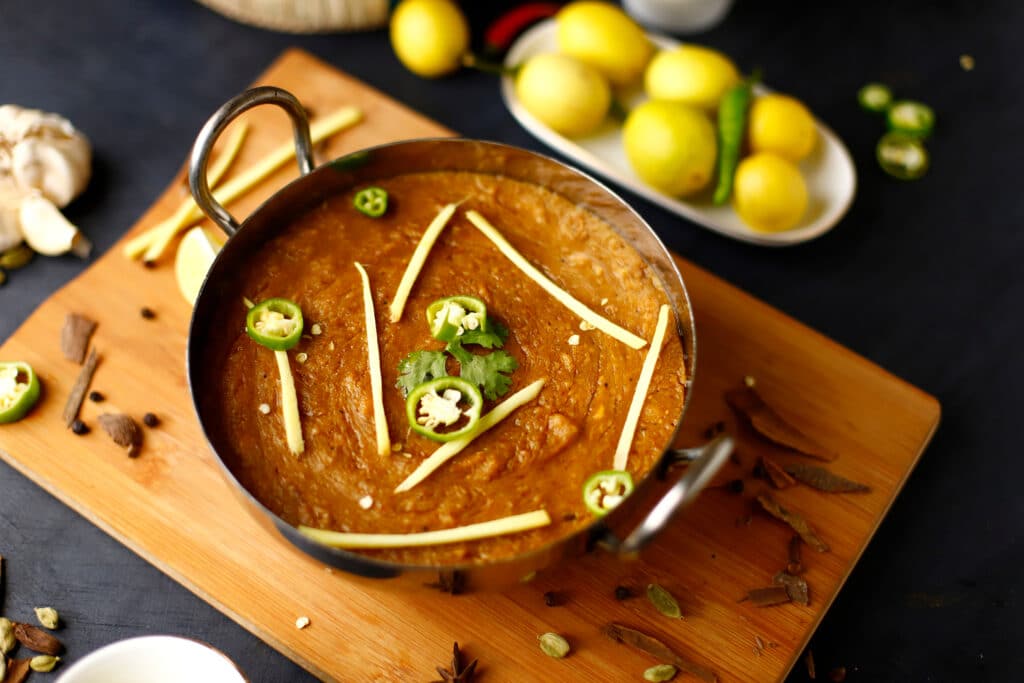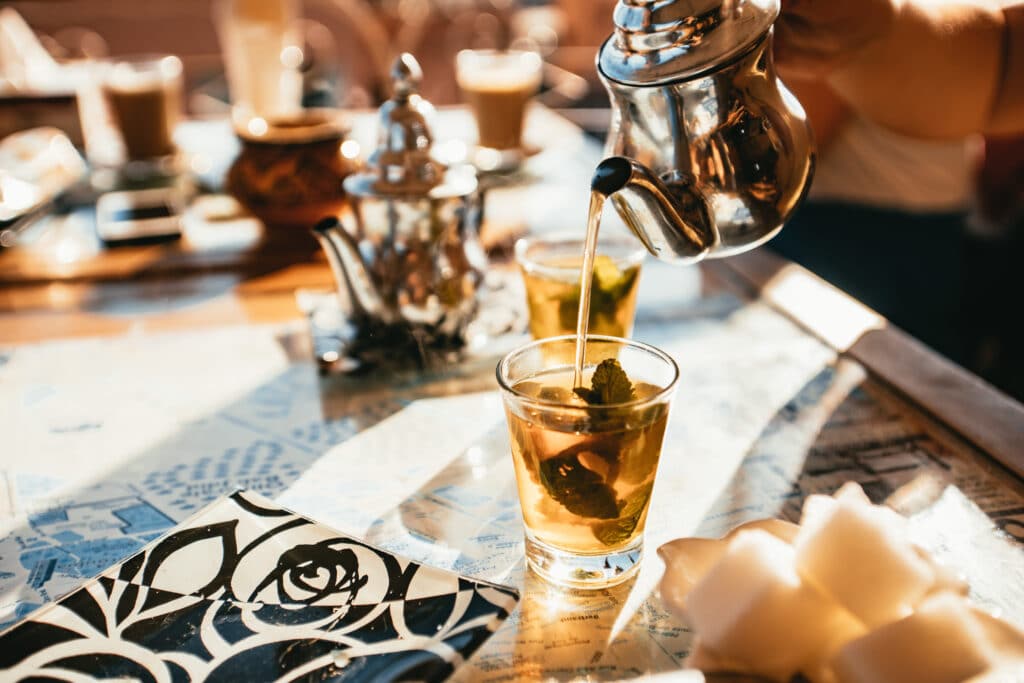The month of Ramadan is the ninth month in the Islamic calendar. More than just abstaining from food and drink during the day, it’s a time when compassion, self-restraint, collective worship, and community service are observed by Muslims around the world, from the Middle East to North America, Morocco to Manchester. At the end of this month, the Eid al-Fitr feast is a time of celebration and Ramadan foods abound.
Even before this, however, food plays a big role during Ramadan, with each day of fasting starting with a pre-sunrise meal called suhoor and a meal after sunset called iftar or futoor. Muslim communities are diverse, but there are some foods considered traditional at Ramadan by certain cultures.
From fresh salads to nourishing soups, hearty kebabs to spicy samosas, rice puddings to pistachio-stuffed pastries, there are many Ramadan recipes to savor.
If you’re wondering about some of the iconic foods traditionally prepared during Ramadan, this guide is a good place to start.
1. South Asia: Haleem
Among the classic Ramadan foods from South Asia, you’ll find variations of this spiced, thick stew. Haleem is made by soaking grains like wheat and barley overnight, then boiling and mixing them with a meat gravy to create a paste-like texture.
Haleem is served in Pakistan, India, and Bangladesh, and regional variations may contain dried fruits and nuts. It can also be topped with lime, onions, and fresh coriander. Haleem is an ancient tradition thought to have originated from the dish known as harees, which is recorded in a cookbook dating from the 10th century.
2. Turkey: Ramazan Pidesi
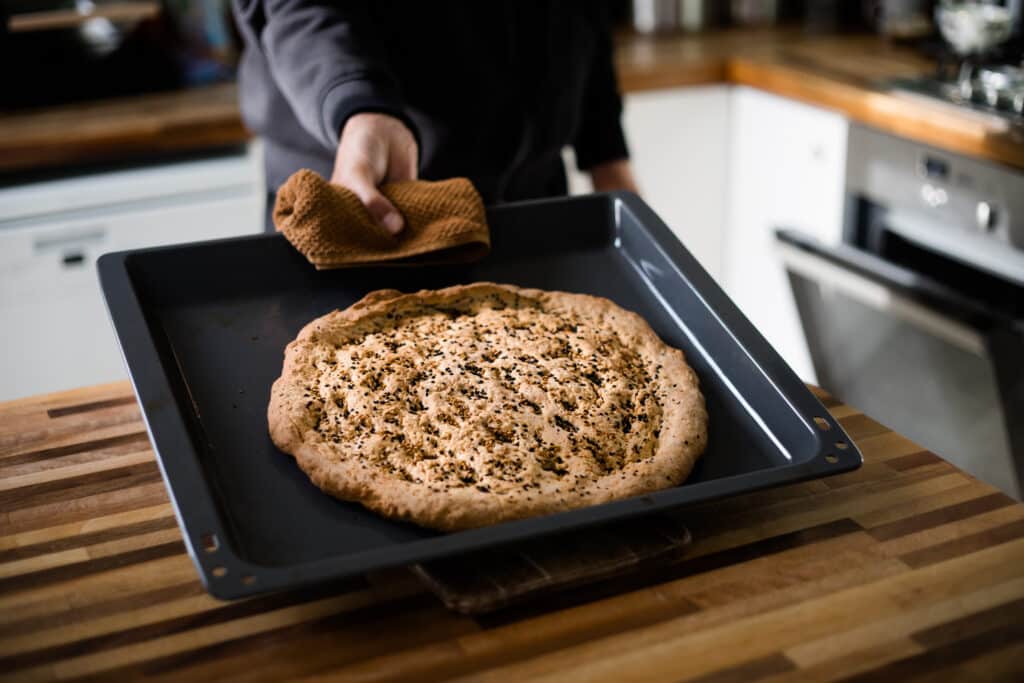
During the month of Ramadan in Turkey, bakeries are busy making pita bread known as “Ramazan pidesi” that you won’t find the rest of the year. It’s made of wheat flour with yeast and topped with seeds, and features a distinctive weave pattern on top.
Ramadan pidesi is traditionally served for the iftar and sahur meals. Remitly employee Ceren A. notes that children often go to get a fresh piece of Turkish pide bread right before iftar.
3. Yemen: Aseeda
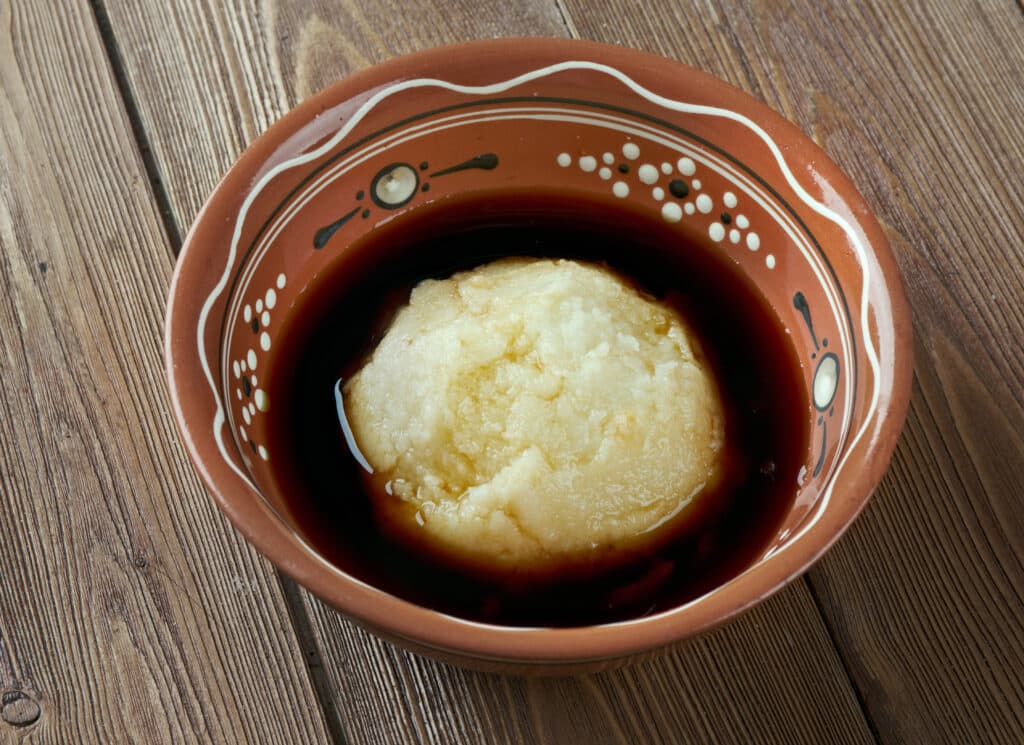
Throughout the Arab world, a version of this simple side dish is enjoyed during Ramadan and other celebrations like Mawlid. In Yemen, this soft wheat flour dough is especially common. It’s usually served with seasoned chicken broth and eaten with the hands.
The dish originated in medieval al-Andalus. Other versions, such as this Moroccan porridge, are served with butter and honey.
4. Indonesia: Lapis Legit
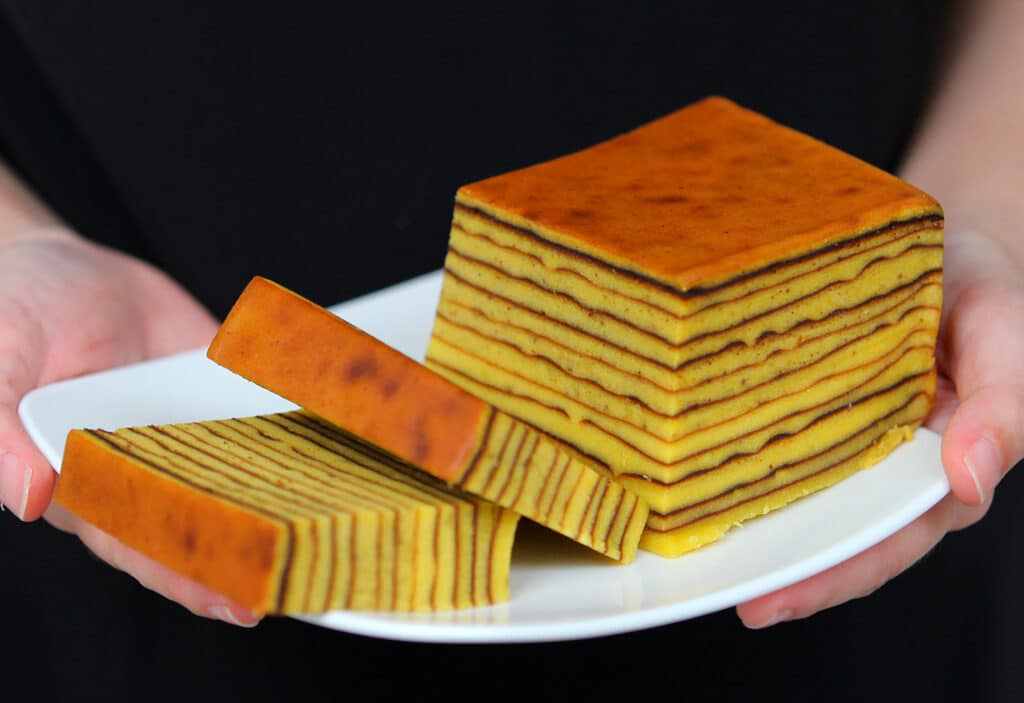
Indonesia has the largest Muslim population in the world. The nation’s diverse ethnic groups and cultural influences have all contributed to Indonesian cuisine. One distinctive dessert from the archipelago is the elaborate treat known as lapis legit, or spekkoek. This cake is one legacy of the Dutch colonial period with ingredients and a flavor profile that have evolved over the years.
This eye catching dessert is time-consuming to make, requiring at least eighteen layers, not to mention lots of butter, sugar, egg yolks, and a spice blend of cardamom, cinnamon, clove, and more. There’s a reason it’s saved for special occasions like Eid al-Fitr!
5. Lebanon: Fattoush
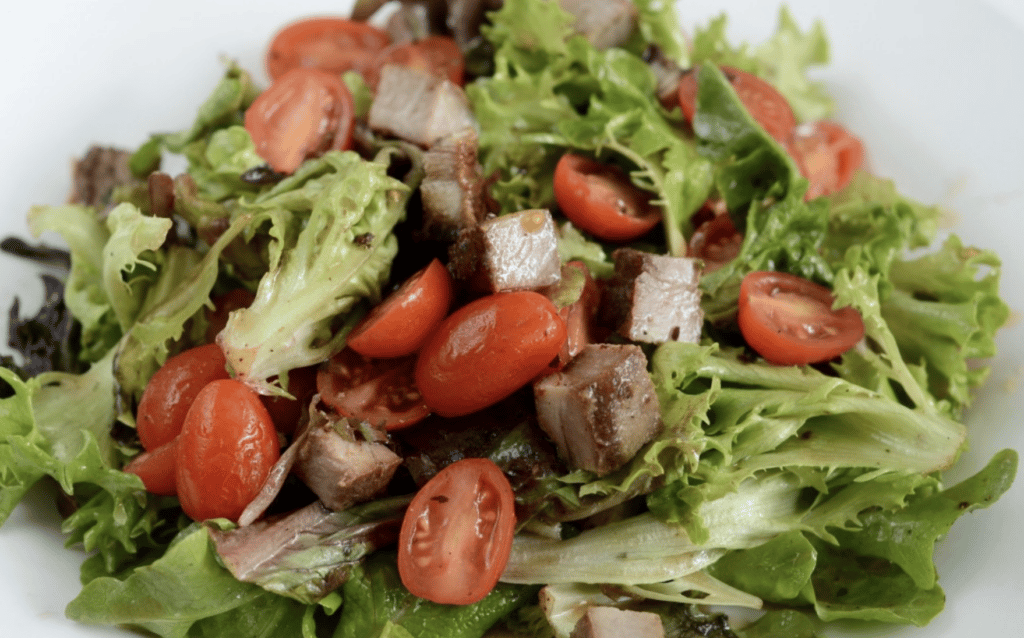
This Middle Eastern salad is packed with fresh vegetables and pita bread scraps (yes!) You’ll find many variations on the recipe, with pomegranate vinaigrette one popular dressing.
6. Egypt: Ful
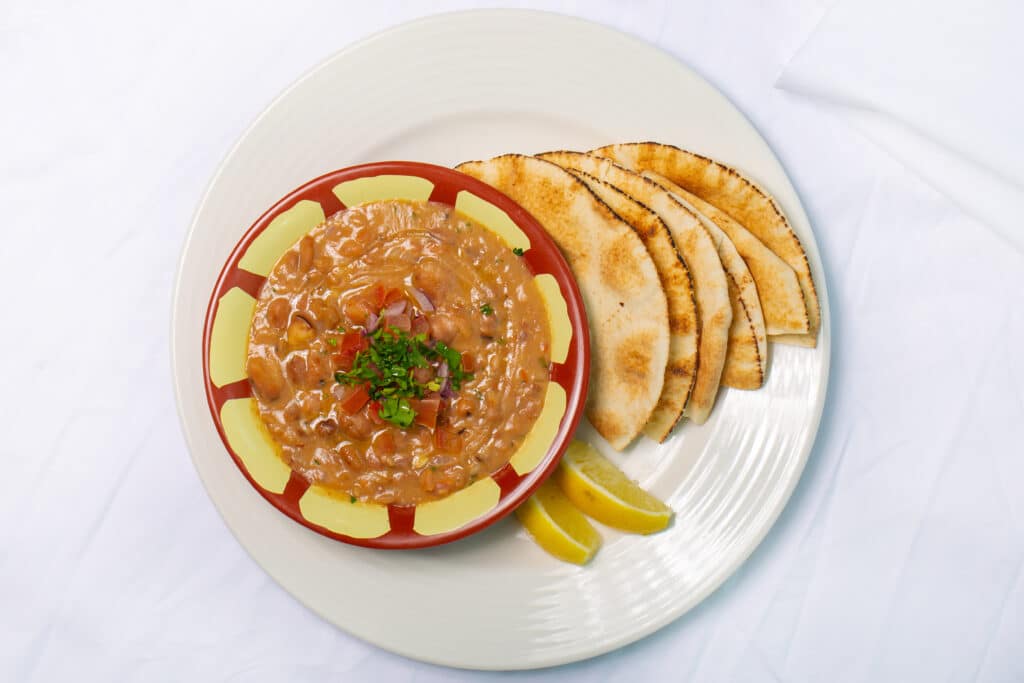
This hummus-like dish, also called ful medames, is made from healthy fava beans.
It’s an ancient dish that’s popular in many parts of the Arabic-speaking world. Seasoned with garlic and cooked with tomato and olive oil, it’s often served with pita bread at breakfast.
7. Morocco: Harira
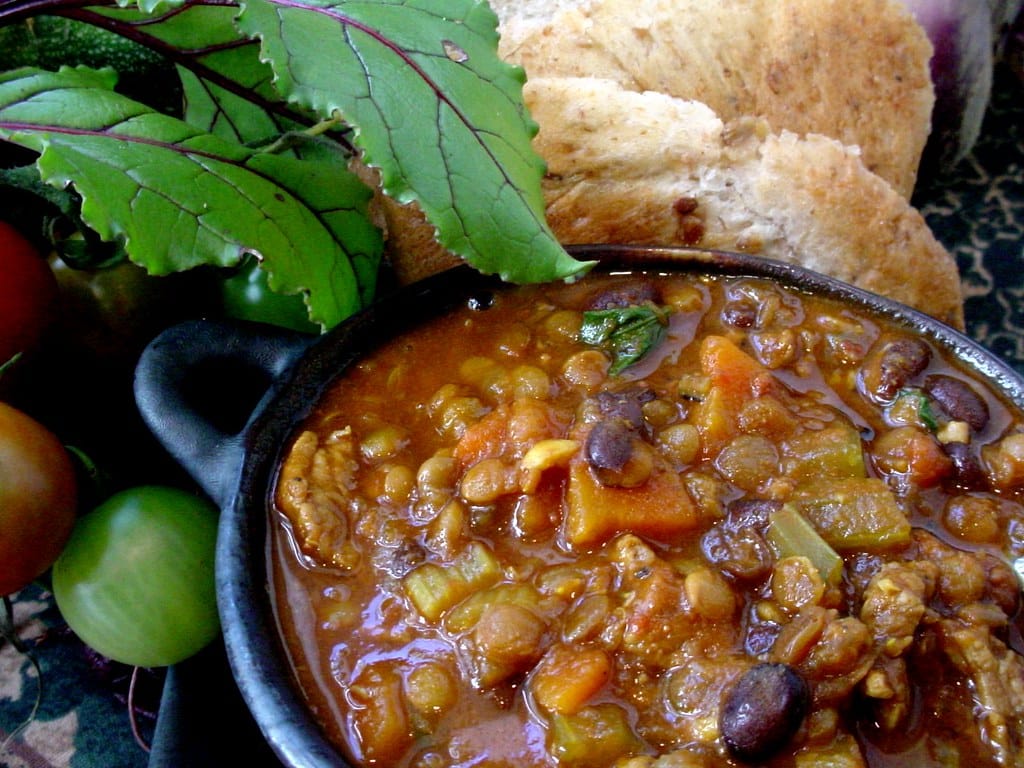
Soups of all kinds are popular appetizers for the iftar meal, such as shorbat adas (red lentil soup) on Egyptian or Lebanese tables and harira in Moroccan homes. Made with chickpeas, lemon, and plenty of seasonings, harira is a hearty comfort food that helps to rehydrate and nourish after a day of fasting. Serve it with couscous for a grain accompaniment.
8. South Asia: Fruit Chaat
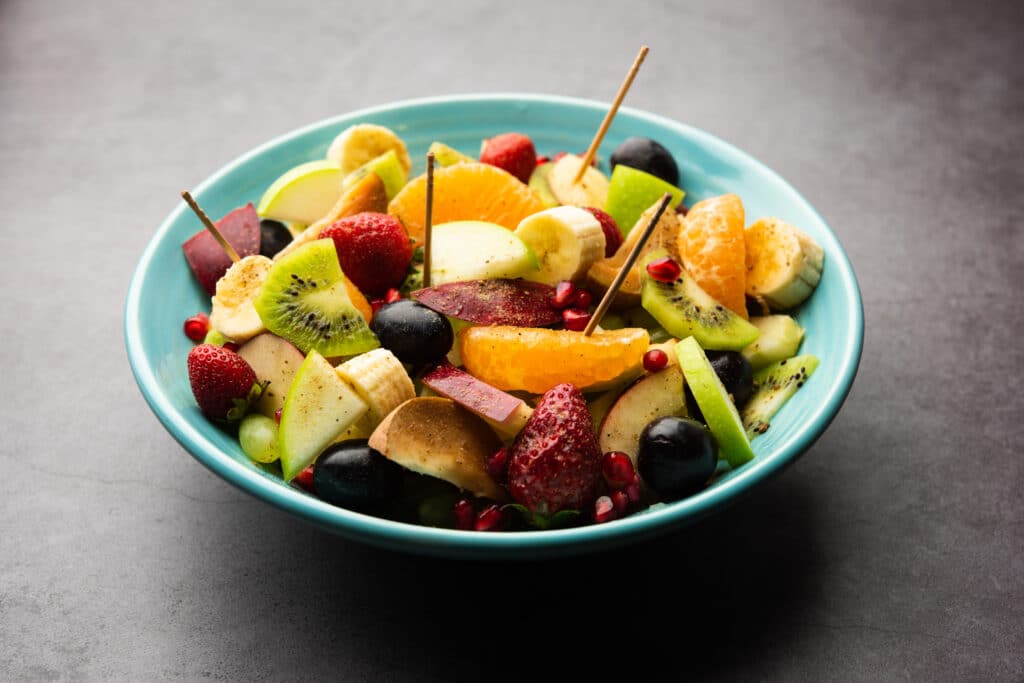
Fresh fruits and veggies are a vital part of many iftar menus, as a light and refreshing way to break the fast. Enjoyed in Bangladesh, Pakistan, and India, this tangy fruit salad is a Ramadan tradition for many South Asian families. The specific fruits included vary regionally, and can include anything from bananas and apples to starfruit.
Fruit chaat gets its name from the chaat masala seasoning mixed with the fruit. You’ll find plenty of variations on this recipe, but chaat masala often contains amchoor (dried mango powder), cumin, black salt, coriander, dried ginger, salt, pepper, and chili powder.
9. Somalia: Cambaabur
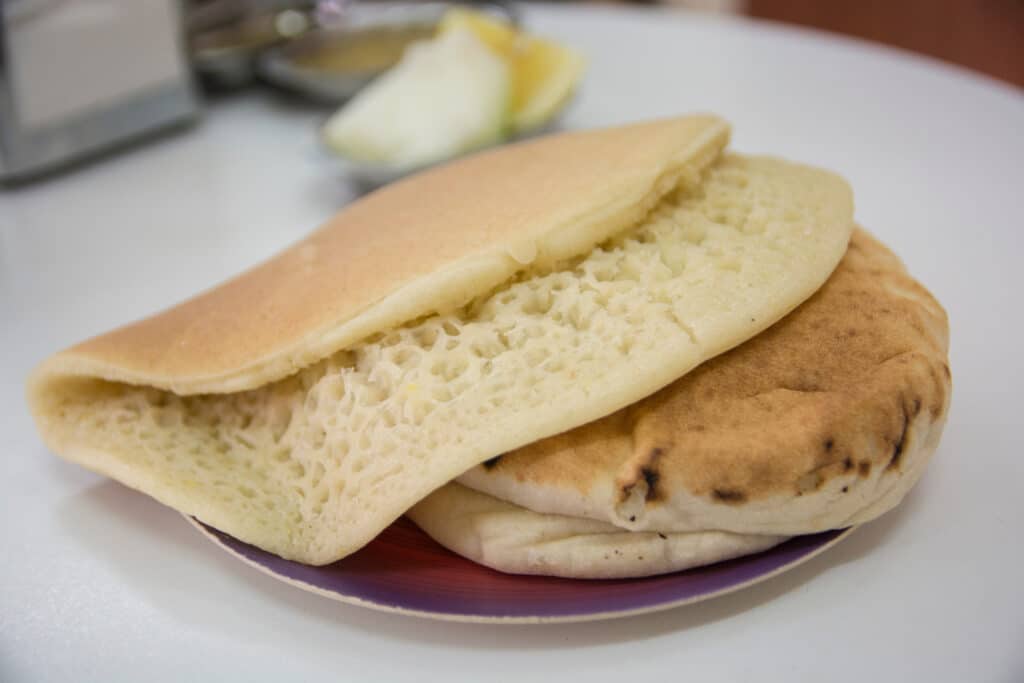
You’ll usually find cambaabur served when Somali Muslims enjoy the Eid feast. It has a similar texture to injera, the Ethiopian flatbread with a spongy texture.
During the Eid celebration, these Somali crepes are usually served with yogurt and sprinkled sugar on top. Cambaabur dough typically includes cumin, garlic, turmeric, and onion, as well.
10. Saudia Arabia: Kabsa
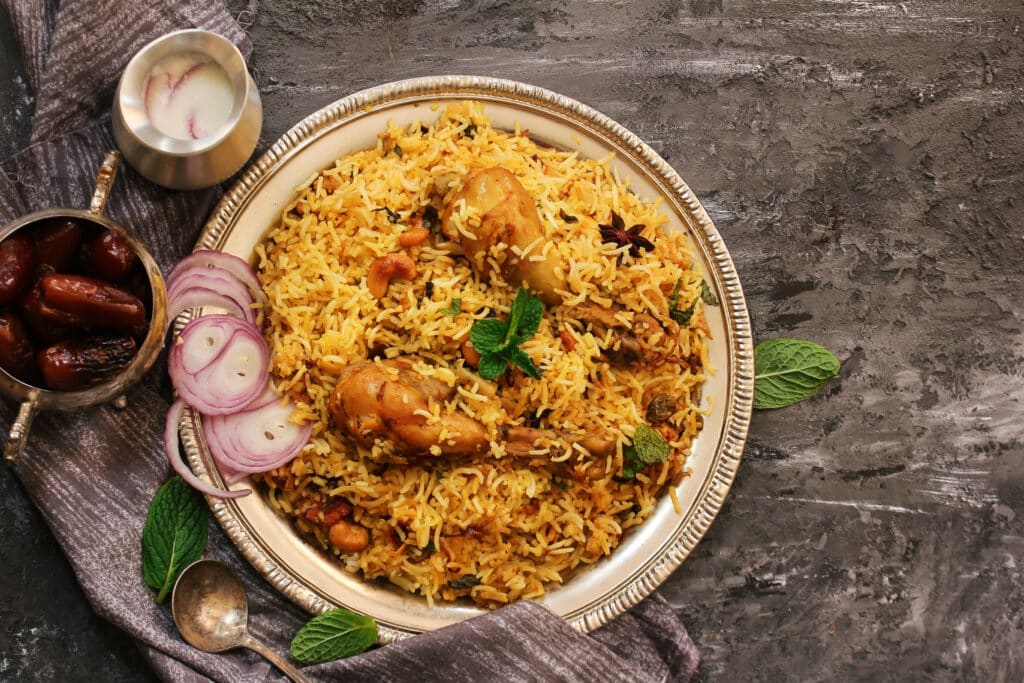
Saudi Arabia’s national dish is made with rice, chicken or lamb, and a spice mix called baharat. It’s popular across the Arabian Peninsula.
Regional variations include ingredients such as carrots, peppers, tomatoes, onions, and garlic, and the meat can be cooked or roasted. Kabsa is very popular during Ramadan and other important celebrations, hence, its inclusion on a list of Ramadan foods. Rest assured that it’s also enjoyed year-round!
11. Worldwide: Refreshing Beverages
Rehydration is important after fasting and before the day begins. Qamar al-deen is a juice made with a paste of apricots that is popular for breakfast. In Egypt, sobia is a creamy beverage made of rice and coconut milk. Throughout the world, Muslims enjoy a variety of teas at this time, as well.
The list goes on! In Pakistan, India, and Bangladesh, the rose syrup known as rooh afzah is a traditional favorite. And in Indonesia, Es Timun Suri is a sweet drink made from a melon-like fruit harvested especially to meet demand during Ramadan.
During Ramadan, can you drink water?
Fasting also includes abstaining from water, yes.
- Staying hydrated is crucial during Ramadan due to long fasting periods and high temperatures.
- Water, juices, and soups are recommended sources of hydration.
- Extra water intake is essential to compensate for the body’s fluid loss.
- To make water more appealing, consider adding lemon slices or mint.
- Avoid salty and spicy foods at Suhoor to reduce thirst during fasting.
Read more on Hamad Medical Corporation’s advice on staying hydrated during Ramadan.
Want to know more about important dates in the Muslim calendar? Check out our guide to Eid al-Adha, not to be confused with Eid al-Fitr.
Ramadan Mubarak from Remitly
Muslims around the world have oceans and entire continents separating them. When the month of Ramadan comes along, though, they’re connected through collective worship and reflection. This connection is powerful, and enjoying different Ramadan foods from around the world can make it even stronger.
If you’re sending money home to your family during this special time, Remitly is here for you.
